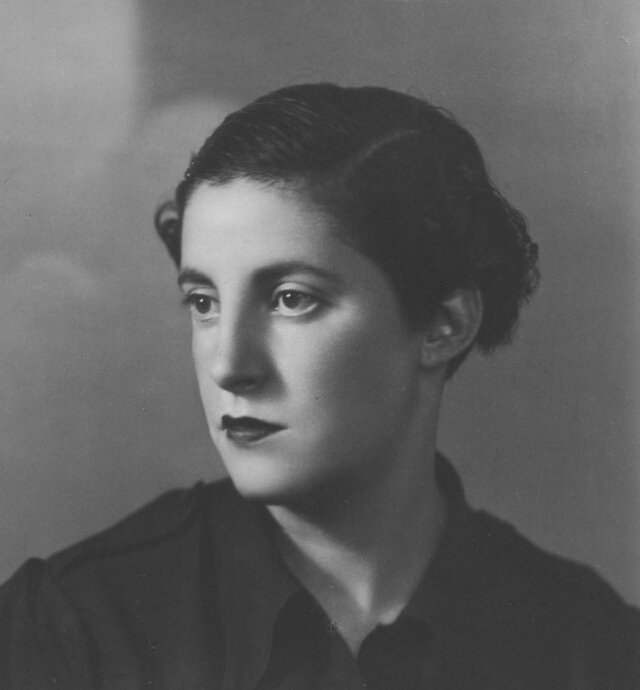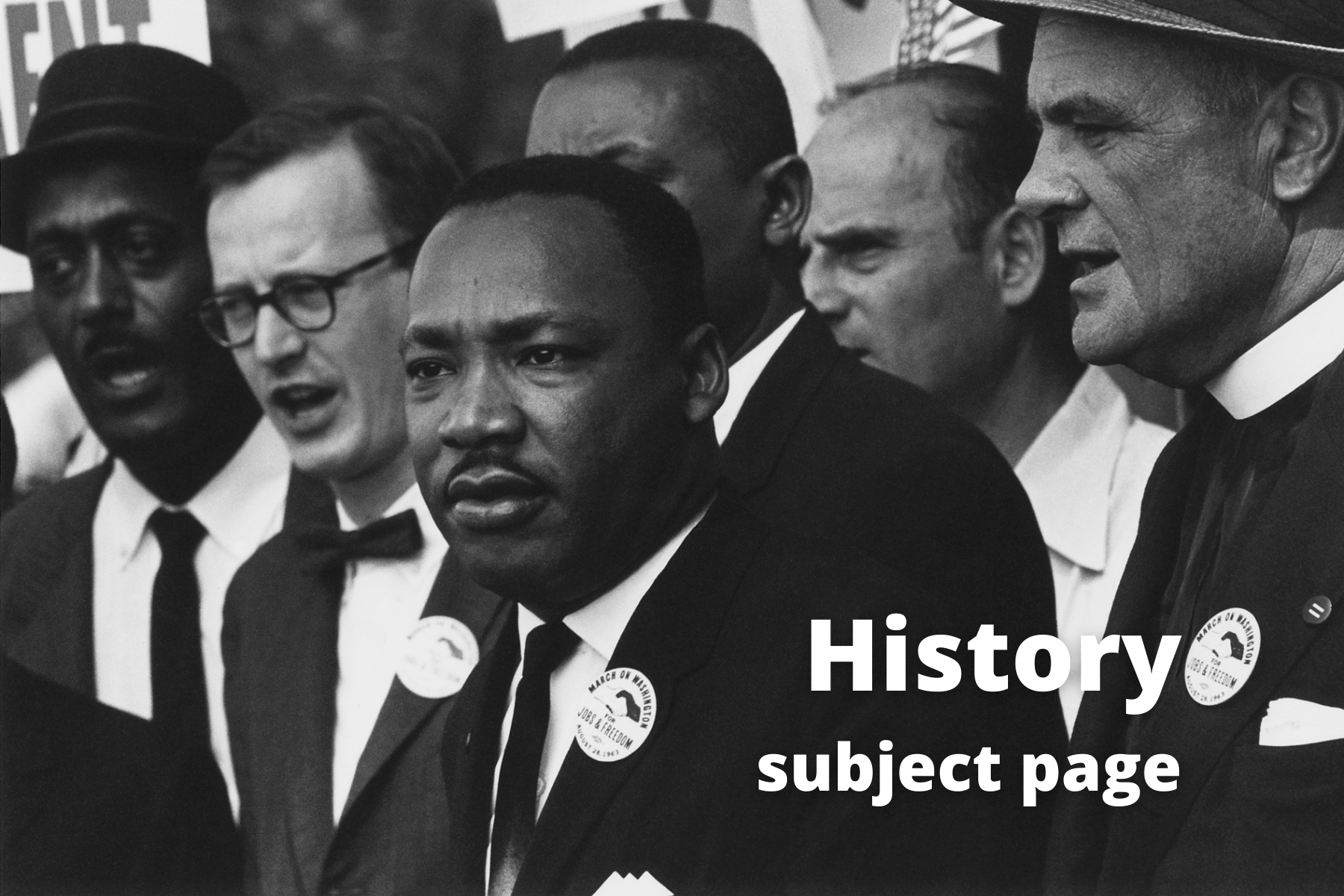Incorporating different perspectives into your IB History essays
Earning strong marks in your IB History exams requires you to be able to demonstrate specific skills such as how to successfully present different perspectives in your responses to Paper 2 and Paper 3 prompts. Yet, knowing that this skill is required and understanding how to to implement it are two different things. In this article our IB History author, Joe Gauci, sheds some light on this topic by demonstrating how to present differing perspectives without referencing specific historians' interpretations. For additional guidance on how to create a response that refers to historians' perspectives, see our article Using historians’ interpretations to present different perspectives in your IB History essays.
What IB History students need to know about their exam essays
Higher and Standard Level History candidates tackling Paper 2 and Higher Level candidates writing essays for Paper 3 need to be able to show an awareness and evaluation of 'different perspectives' in order to access the second highest mark band (10–12 out of 15) and provide an evaluation of different perspectives integrated into the answer in order to access the highest mark band (13–15 out of 15).
Does that mean you have to include different interpretations by named historians in your essays?
That is one way of demonstrating an awareness of differing perspectives, provided you use references to different historians' views appropriately, and do not insert them just for the sake of displaying your knowledge if they do not contribute to answering the question.
However, referring to named historians and their interpretations is just one way of demonstrating an awareness of differing perspectives, you can do so in other ways, provided you show that there are different possible approaches to answering the question in the essay title.
What does 'evaluation' of differing perspectives require?
Whilst showing an ‘awareness of differing perspectives’ just means demonstrating in your answer that there are different possible approaches to answering the question or different historical interpretations that apply to the question, ‘evaluation’ requires you to weigh up the relative merits/validity of the different approaches/interpretations.
Example: 'Evaluate the impact of one 20th century Civil War on women'
Now I will show you how you can demonstrate an awareness of differing perspectives without referring to historians' interpretations using the question above and with Spain as my case study.
A possible approach would be as follows. Please note that this isn't a fully-worked answer as it is about 600 words long, but it would form the builk of a response:
'There was not one but multiple and varied impacts of the Spanish Civil war (1935 - 39) on women. The impact varied substantially depending on women's geographical location, their political allegiance, and, as the Nationalists extended their control over more and more of the country. Before the Civil War broke out in 1936, during the course of the Left Republic (1931 - 33), the status and rights of women changed considerably as they were given equal legal rights to men, divorce was legalised, and women were given the vote, which they exercised for the first time in the 1933 elections. During the period 1931 - 36, women were involved in electoral campaignss, trade union committees, protest demonstrations and had much greater educational opportunities than previously.
Once the Civil War broke out, life for women across Spain changed as women were mobilized by both the Nationalists and Republicans as part of their war effort. In Republican areas such as Madrid and Barcelona, in the first phase of war, women joined Republican militia to help suppress the rebels, although only three months later, the Repbulican government announced that women could no longer serve as front-line soldiers. Large numbers of women in Republican areas also entered the factories or took over from men in public transport, as well as playing a key role as nurses. Federica Montseny, a leading Anarchist, became Spain's first female government minister in November 1936 when she was appointed minister of health by Largo Caballero. During the war in Catalonia, the Generalitat, legalised abortion. In the Repbulican zone, many young women wore unisex overalls. However, the impact of the war on women in Republican Spain varied from area to area; women played a much more prominent part in the Republican war effort in socially progressive Barcelona and Aragon, for example taking leading roles in collectivising agriculture or businesses, than in socially conservative, devout Catholic regions, notably the Basque country. Futhermore, the impact changed over time, with, from 1937, the Republican authorities in Valencia, clamping down on collectivisim and other radical reforms introduced in 1936 in areas such as Barcelona; this, in turn, would have led to a more restricted role for women living in those areas.
Although women in Nationalist areas were also mobilised to support the war effort, women in the Nationalist zone were confined to a narrower range of roles than in Repbulican Spain. Pilar Primo de Rivera played a prominent role in this mobilisation, having founded the women's section of the Falange, the Sección Femenina, in 1934, and she used her public position to proclaim the Nationalists' belief that women's 'overwhelming missioin in life was motherhood and hte domestic sphere', a much narrower vision of the role of women than that promoted by the Republican authorities. The Nationalist agency, Auxilio Social, created by Mercedes Sanz Bachiller, recruited thousands of women to distribute food and run orphanges and canteens. From 1937, all unmarried women between the ages of 17 and 35 had to undergo six months social service in schools, orphanages, or hospitals.
Yet, at the same time as it mobilised women, the Franco regime, unlike the Republican government, displayed highly paternalistic and chauvinistic views towards women; in Nationalist Spain, liberalism and permissiveness came under attack: bathing trunks, short skirts, and bare arms for women were all banned. In terms of women's rights, whereas in Republican areas during the Civil War, the new rights granted to women by the Left Republic were preserved, the Nationalists reversed the Repbulic's reforming legislation in relation to the family.
In Nationalist areas, civil marriage, abortion, contraception and divorce were banned, and, in September 1936, the Nationalists ended coeducational schooling and prescribed separate syllabi for girls and boys. In 1938 the Nationalists drew up the Labour Charter, which had as one of its stated aims the ending of female employment. Single women were permitted to stay in school teaching jobs, but all female lecturers were removed from the universities.’
Pilar Primo de Rivera, Narodowe Archiwum Cyfrowe, signature 1-E-6512, first published in Ilustrowany Kurier Codzienny
The above text clearly shows an awareness of differing perspectives. The (part-)answer argues that there was not one uniform impact of the Spanish Civil War on women. Instead, the impact varied substantially depending on whether women were living in the Nationalist zone or Republican zone and depending on which part of Republican Spain they lived in. The impact also changed over time as the more social and economic revolutionary changes introduced in some parts of the Republic were suppressed from 1937 onwards and as the Nationalists extended their control over more and more of the country.
Continuing your IB History revision and review
The technique demonstrated above, as well as the alternative approach found in our additional article on this subject (link above), requires an in-depth contextual understanding and a good deal of practice to get right. As you progress through your IB History exam preparation, be sure to take time to practice constructing answers to potential exam questions. As above, you don’t need to necessarily write a complete essay when revising, but you do need to dedicate time to crafting the central arguments of your answer. Review your class materials and identify potential questions. Once you have a few, try devising responses that incorporate different perspectives. Once you have a draft response review it and go over your materials again to see if there is anything you have missed and make any needed adjustments.
When revising for your IB History exams make sure you have the necessary tools required to succeed. Our range of IB History study guides can help with that and includes a guide specifically on the Spanish Civil War. Our guides feature thorough reviews of syllabus topics, tips on exam preparation and technique, example answers with explanations, and plenty of practice questions to help you in the build-up to your IB exams. You can also find more free resources and study tools on our IB History subject page.











Joe Gauci
Providing a detailed overview of events in the Spanish Civil War for IB History, this study guide applies in particular to world topic 11: Causes and Effects of 20th-century Wars examined in IB History Paper 2, and is suitable for both Standard Level and Higher Level students. Structured to mirror the syllabus, the guide pays particular attention to essay writing and will help you to understand what examiners are looking for in your written responses. With ample opportunities for developing your analysis of key issues and practising your essay writing, this IB study guide will help you refine your skills to achieve exam success.
This title is currently available as the OSC edition.
ISBN: 9781910689417
69 pages